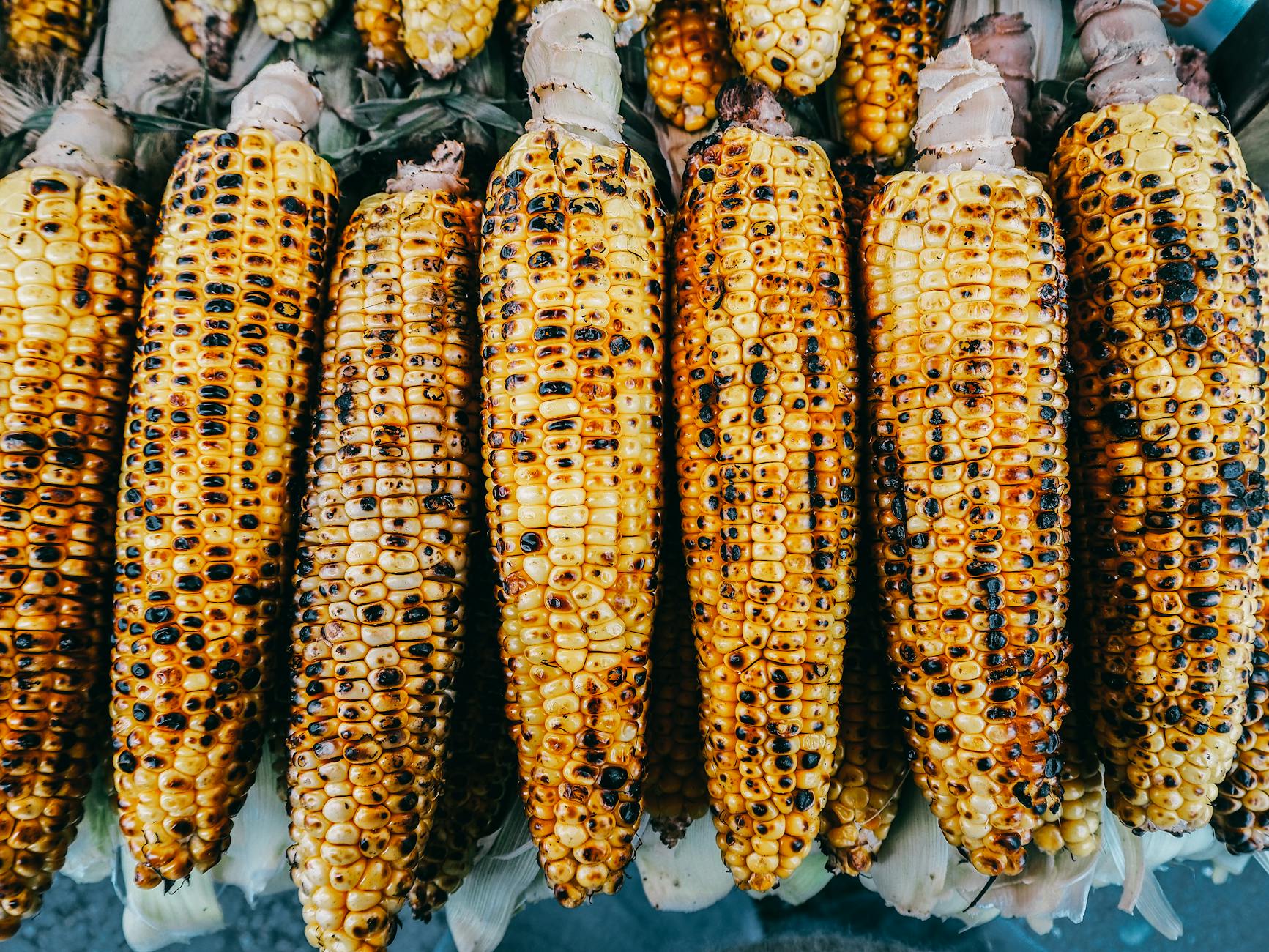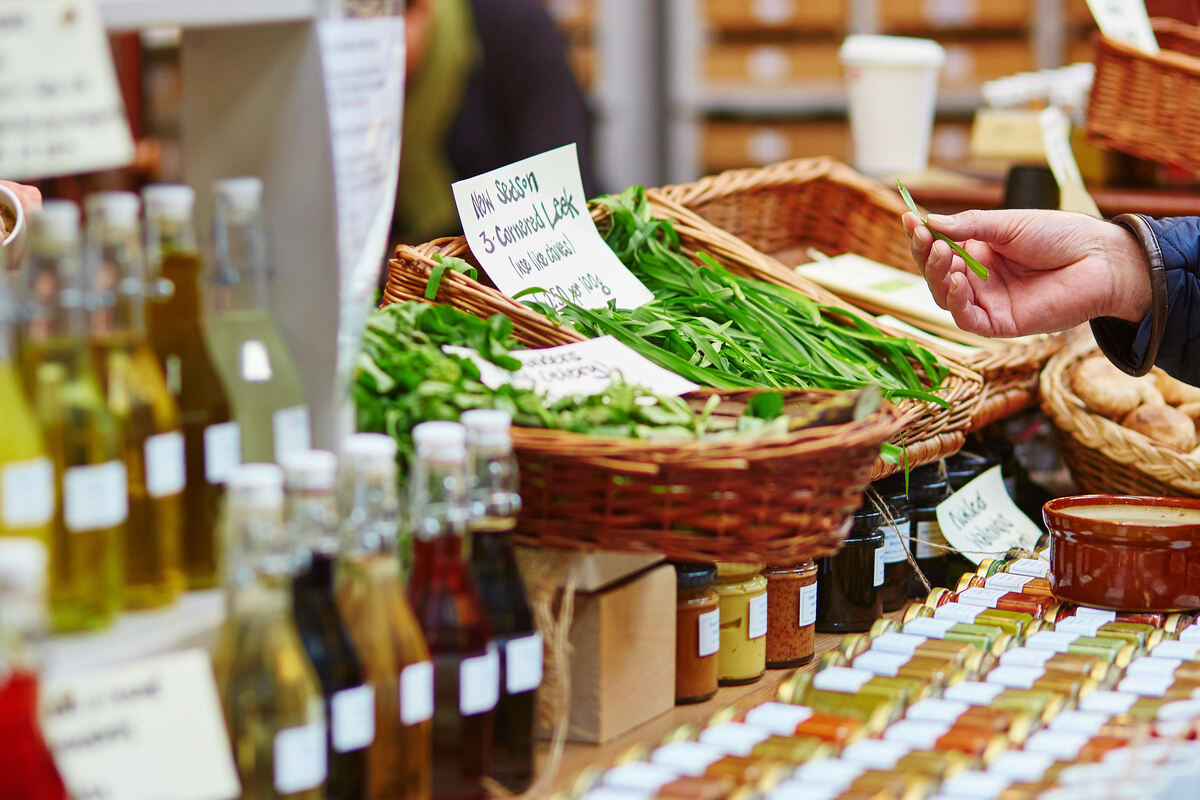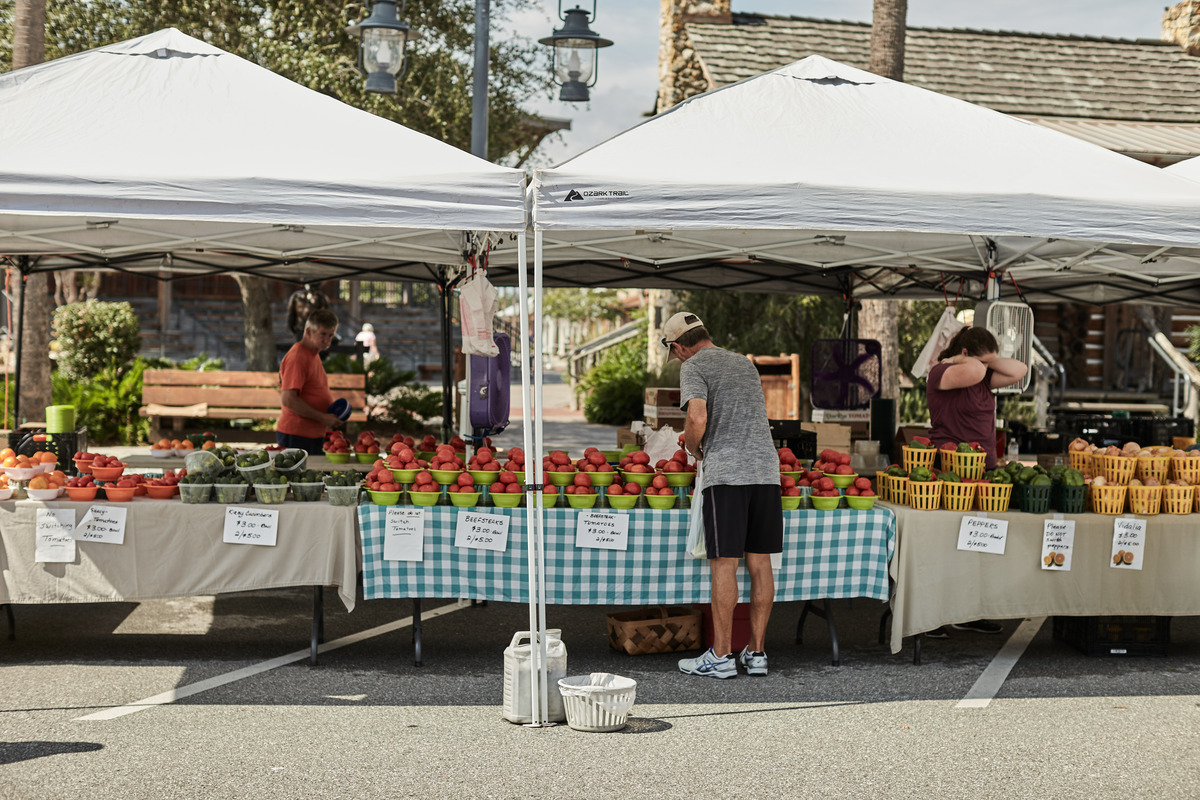The food supply chain has been a significant source of greenhouse gas (GHG) emissions. Although you don’t have direct control over what every link in the chain does, you can be a climatarian — someone who helps slow global warming by embracing environmentally conscious eating habits. Knowing how to reduce the carbon footprint from your food is a simple yet impactful way to lead a sustainable lifestyle.
1. Buy Local Ingredients

When it comes to decarbonization, the source is as critical as the food itself. An organic ingredient that requires few resources to produce and emits zero GHGs is still bad news for the environment when sourced oceans away.
Freight transportation is responsible for 8%-11% of global GHG emissions, rendering the most sustainable perishable goods ungreen. That’s why shopping for locally sourced items is the easiest way to decarbonize your pantry.
Until all modes of freight transportation — planes, ships, trains and trucks — run exclusively on electricity derived from renewable sources, moving food from farm to table inevitably releases GHGs along the way. Still, you can minimize your carbon footprint by choosing domestically produced food products over imported ones.
The less transportation the ingredients require to be on the market, the more sustainable they are. Shop at farmers markets as often as possible to buy from the nearest food producers. These places also sell fresh goods, which is a win for healthiness.
2. Eat What’s in Season

Out-of-season produce are energy drains. They grow in power-hungry glasshouses or come from other regions, which usually involves lengthy fossil-fueled journeys. Canning and freezing make surplus produce accessible for year-round consumption. However, these preservation methods can produce large quantities of GHGs.
Eating only what’s locally available is a surefire way to reduce your carbon footprint from your food with every bite. Plus, seasonal eating promotes better health.
Plan your meals around in-season ingredients to lend more variety to your diet. Exposure to a broader range of vegetables and fruits naturally gives you diverse nutrients. For example, replacing strawberries with cranberries as fruity salad toppings in the fall lets you consume adequate fiber when the former is out of season.
3. Go Vegetarian or Vegan

Animal farming is a notorious GHG emitter. Having a plant-based diet will dramatically shrink your carbon footprint.
When going in this direction, you can choose two paths — vegetarianism and veganism. Vegetarians don’t eat animal flesh but may still enjoy eggs, dairy or both. In contrast, vegans refrain from consuming anything animal-derived, such as honey, gelatin, fish oil and confectioner’s glaze.
You can lessen your environmental impact either way. However, veganism may be greener because it emphasizes abstaining from animal products altogether.
The problem is switching to veganism isn’t without challenges. Only 3% of Americans identify as vegans, so plant-based ingredient options can be limited. The upside is they’ll only become more prevalent — not to mention more nutritious and flavorful — in the future.
Experts project the U.S. plant-based food market to grow at a compound annual growth rate of 11.54% between 2024 and 2030. This prediction suggests its 2023 value of $8.88 billion will increase by $19.07 billion by the forecast period’s end.
However, veganism has a dark side. The surging demand for plant-based substitutes for animal-derived products increases the pressure to convert forested areas into farmland, which can lead to deforestation and habitat loss. Uncle Sam also imports the vegan goods it can’t sufficiently produce domestically, generating GHGs in the process.
For example, in 2023, the U.S. imported about $43.5 million and $26.3 million worth of quinoa from Peru and Bolivia, respectively. Vegan shipments have to travel thousands of miles by sea between these countries and Florida — the nearest U.S. state to South America.
4. Switch to a Mediterranean Diet

Many people find starting a vegan lifestyle too much of a change. If you can’t wholly live off plant-based protein sources, eat what Greeks and Italians eat instead.
The mealtime staples in the Mediterranean region include fruit, vegetables, whole grains, beans, fish, olive oil, nuts and seeds. Compared to the standard American diet, the Mediterranean variety emits up to 13.2 pounds less GHG daily per person because it relies less on red meat and excludes processed foods.
While adopting the Mediterranean diet is eco-friendly, eating like Greeks and Italians supports your health. The Mediterranean eating pattern involves dining family-style with loved ones and drinking wine in moderation. You can still eat red meat, but select leaner cuts and minimize portions.
5. Get Protein From Cultivated Sources

Cultivated meat or seafood is animal protein grown in a lab from cells extracted from a living animal. This cultivation method replicates the biological process of cell growth, making it possible to produce animal-based agricultural goods.
Animal protein cultivation occupies the middle ground between traditional agriculture — animal husbandry and aquaculture — and veganism. Consuming cultivated meat and seafood is the way to go if you wish to continue being an omnivore while feeling good about reducing your carbon footprint due to your food choices.
Lab-grown animal protein eliminates the need to raise livestock in conventional farms and ranches, fish in net pens and tanks, and shellfish in floating cages and on the seafloor’s bottom. Farming activities account for 10.6% of the country’s GHG emissions, so decarbonizing agriculture is a significant victory for the environment. When powered by renewable energy, the facilities housing bioreactors where animal cells grow would have less environmental impact.
Health-wise, cultivated protein sources should have the same nutritional value as their conventionally raised counterparts. Genetic engineers may even alter a product’s nutrient contents to suit varying health requirements.
Moreover, farm animal meat, fish and shellfish cultivation happens in sterile environments. It may not require antibiotics, reducing the risk of transmitting drug-resistant bacteria to humans. This method can also protect you against zoonotic diseases — ailments caused by pathogens jumping from animals to humans, such as salmonellosis and Ebola.
The downside of cultivated meat and seafood is they haven’t gone mainstream. As it stands, these protein options are scarcer than plant-based meat alternatives. However, researchers have concluded they can be cost-competitive by 2030 when manufacturers can produce them at an industrial scale.
Make Climate-Conscious Food Choices to Reduce Your Carbon Footprint
Changing what and how you eat for the planet without jeopardizing your well-being can be challenging. However, these tips give you a nudge in the right direction and ultimately develop an unshakeable climaterian mindset.










